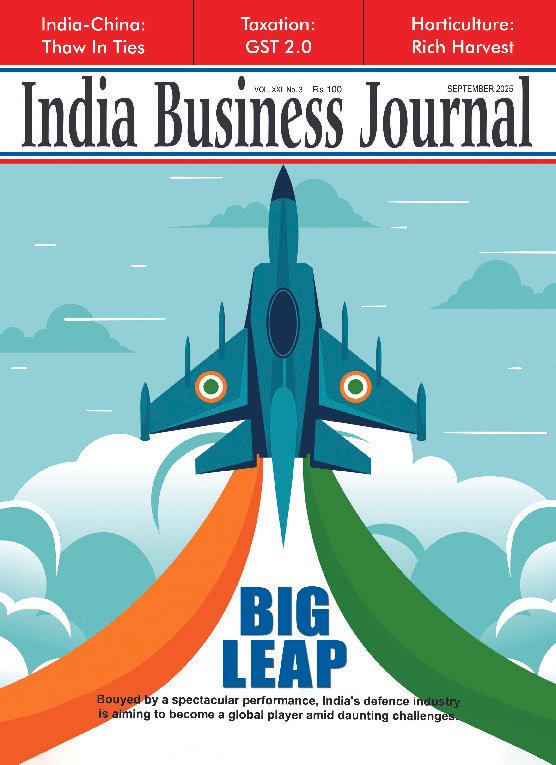MONEY
Kotak AMC’s Shibani Kurian sees macroeconomic factors causing market volatility
- IBJ Bureau
- May 08, 2022

Indian equity markets continued to remain volatile amid worries on rising interest rates, Russia-Ukraine war and global commodity inflation. Global yields rose higher as a slew of hawkish remarks from central banks reinforced expectations of tightening of liquidity, said Shibani Kurian, the senior EVP and head (equity research) of Kotak Mahindra Asset Management Company (AMC).
The RBI’s Monetary Policy Committee (MPC) recently unanimously decided to hike policy Repo Rate by 40 bps with immediate effect to 4.40 per cent. The MPC also increased the CRR by 50 bps to 4.5 per cent, effective May 21, 2022. The mid-cycle hike is likely in response to the upside CPI inflation surprise in March and in anticipation of another surge in April inflation print. This suggests that the scales of growth versus inflation are tilted towards inflation and can be a leading indicator of further rate hikes in FY23.
Despite all the macroeconomic headwinds, Indian economy continues to show uptick in growth as activity normalisation gathered pace. High frequency indicators have been improving in the past few months. April GST collections were highest ever at Rs 1.67 lakh crore. Total credit growth is witnessing an improvement. Credit growth stood at 10.1 per cent YoY in first fortnight of April.
The CPI and the WPI inflation are on increasing trend, with food inflation being one of the key drivers. While higher food inflation does not bode well, it could shift income to the rural segment, notes Ms Kurian.
Demand in rural India has slowed down in the past six months. However, higher agricultural prices can potentially increase farm income. This, along with the possibility of a normal monsoon, could act as a silver lining in the turnaround of rural demand in 2H FY23.
Market participants would likely be watching out for corporate earnings of Q4FY22 and management commentary on demand and margins for FY23. Duration of Russia-Ukraine war, interest rate hikes by global central banks, supply chain disruptions and commodity inflation would be some of the other key factors, she added.





















Report By
View Reporter News